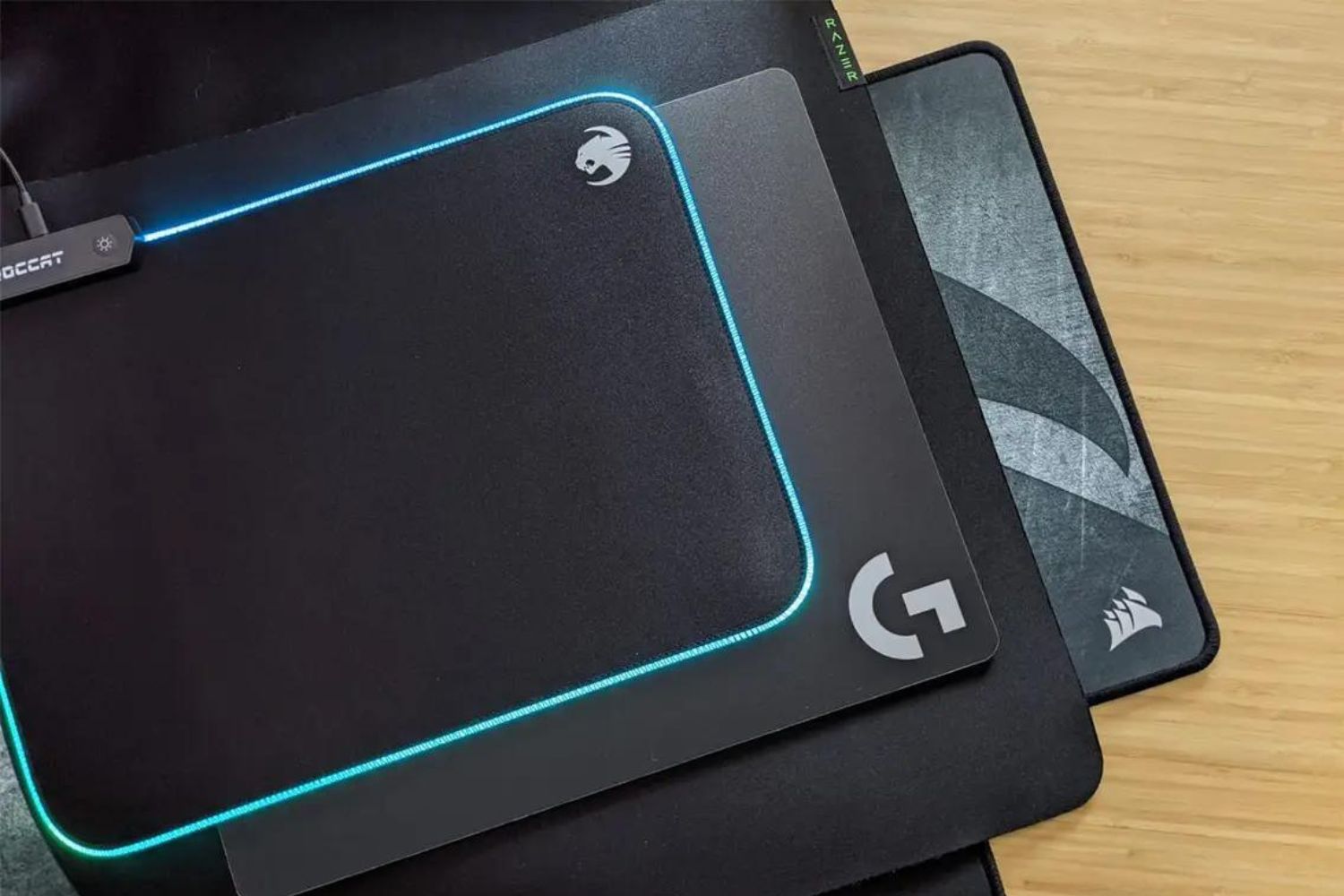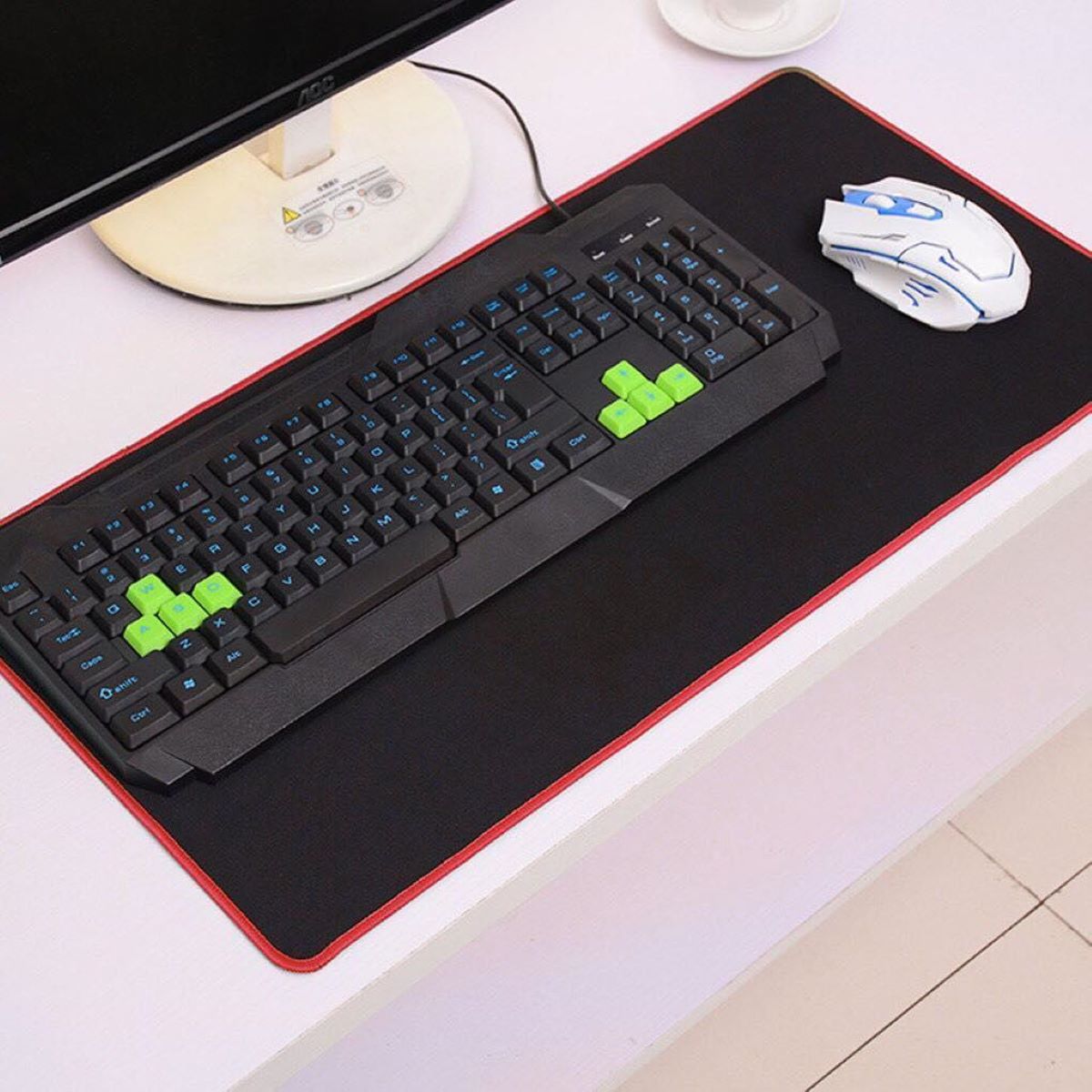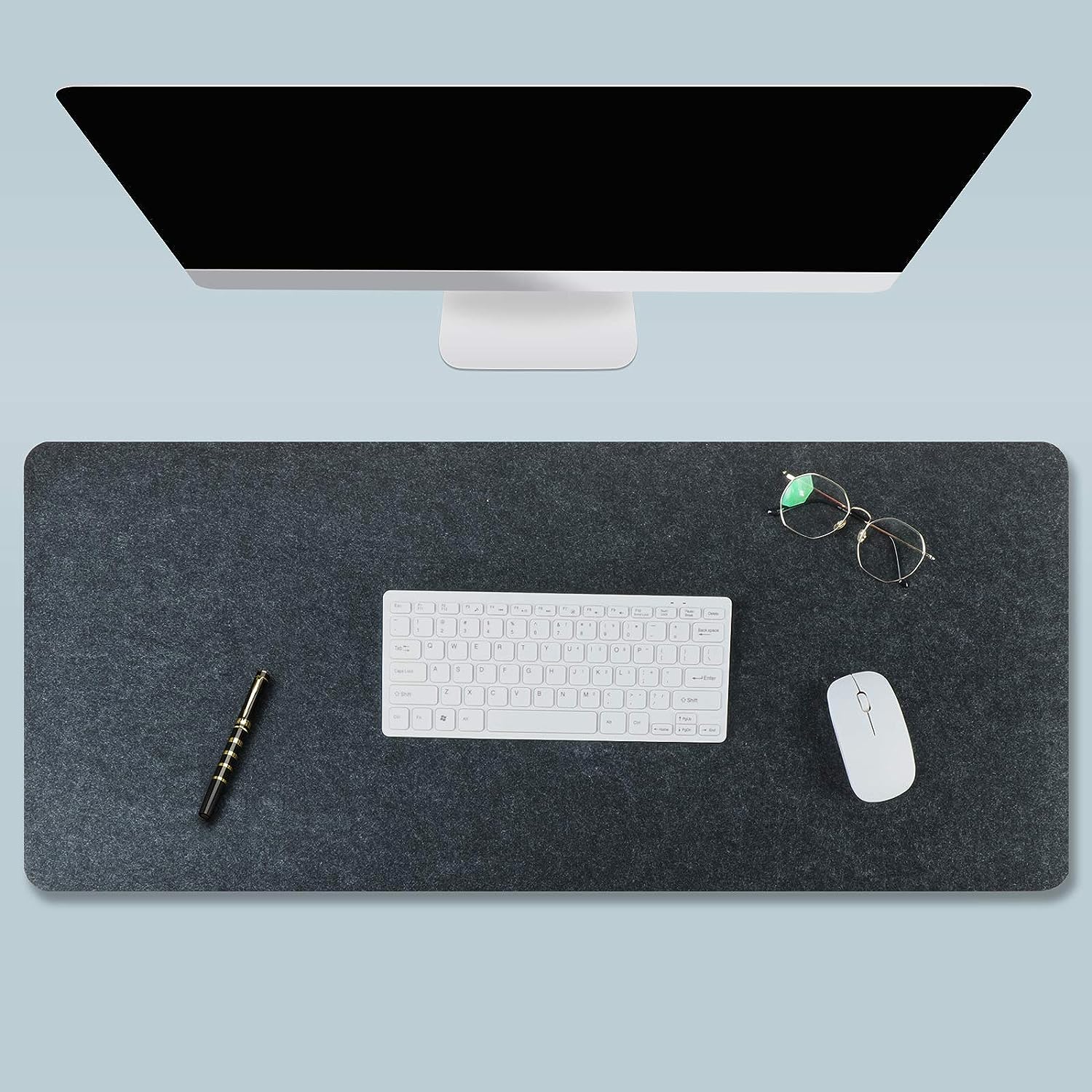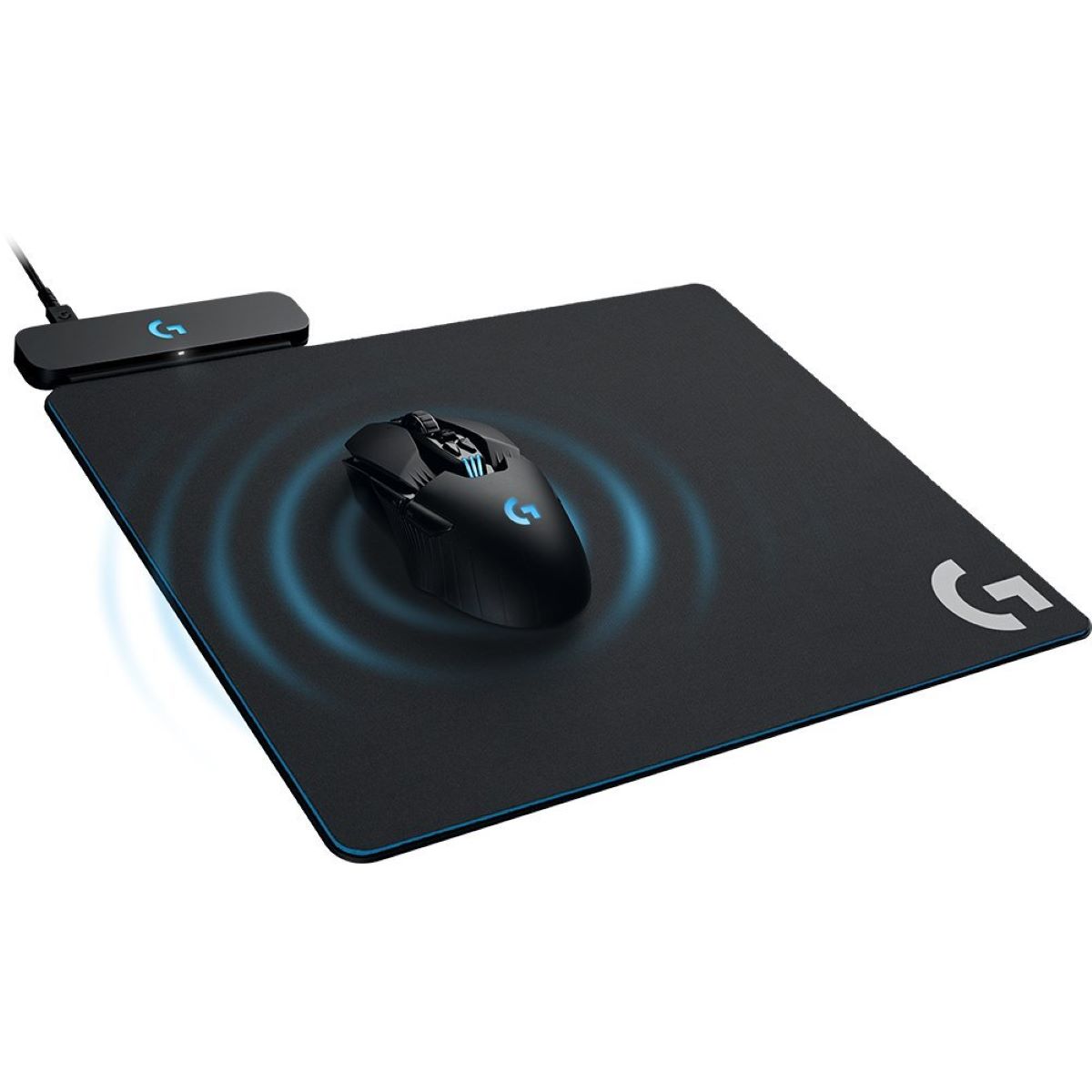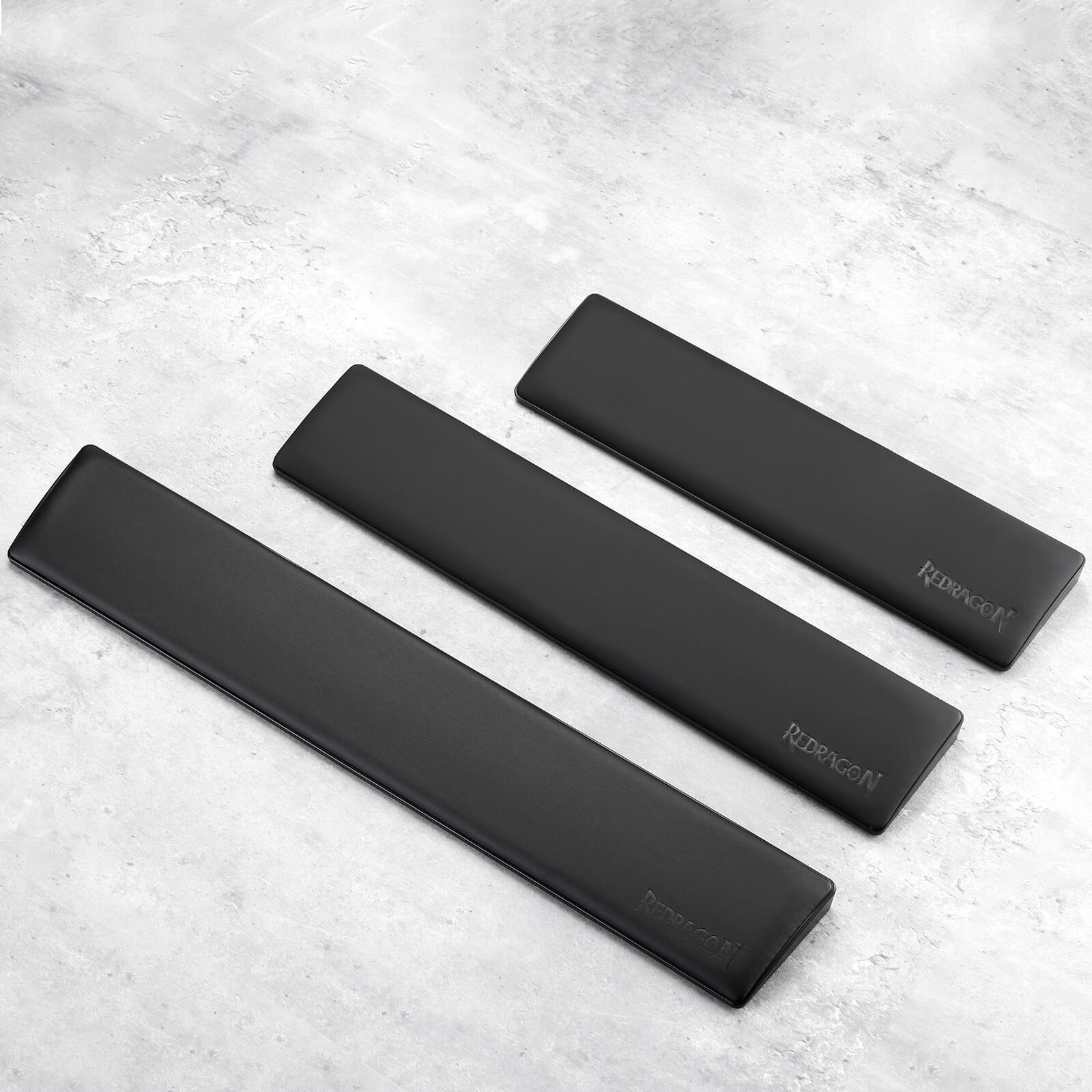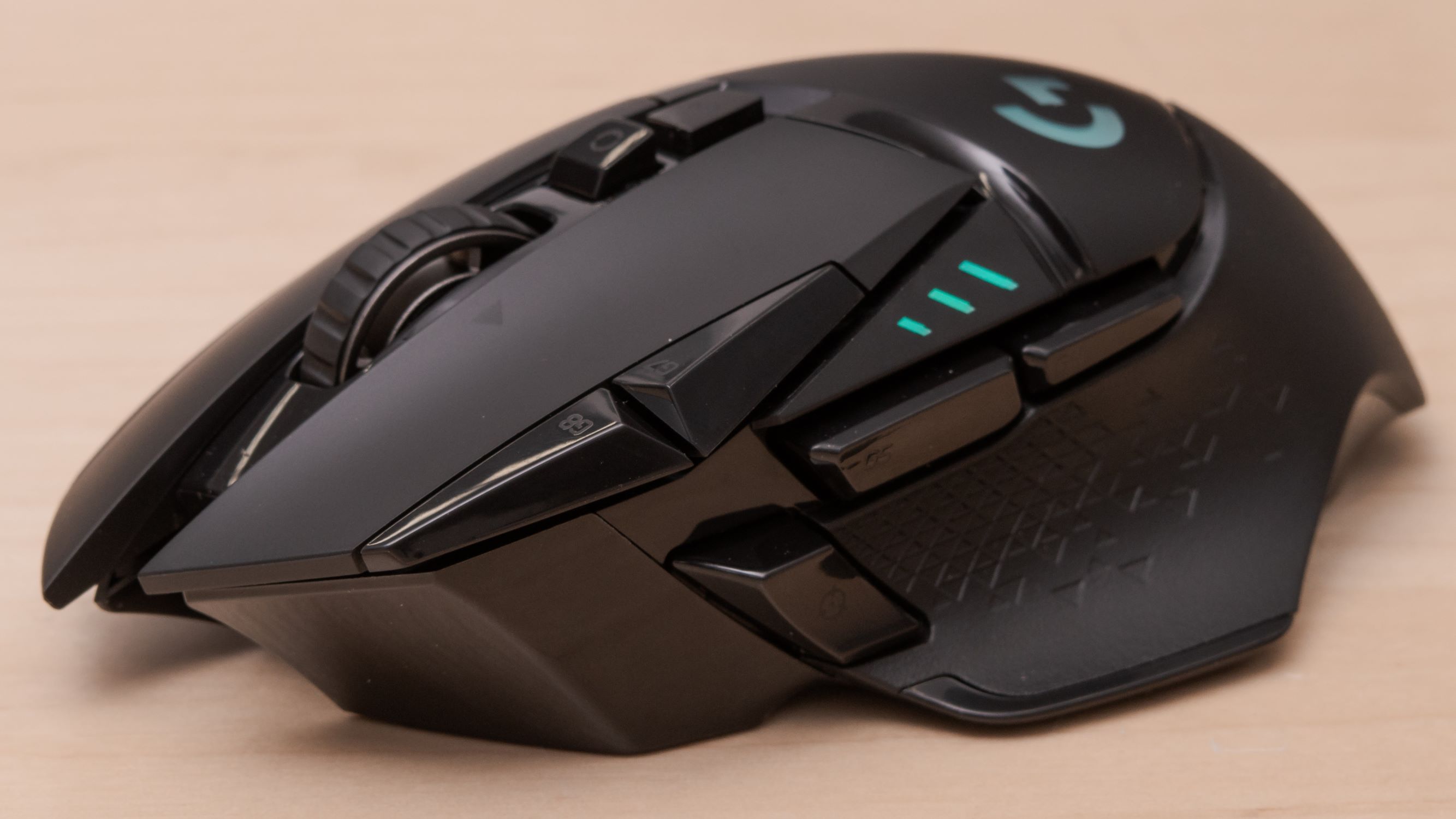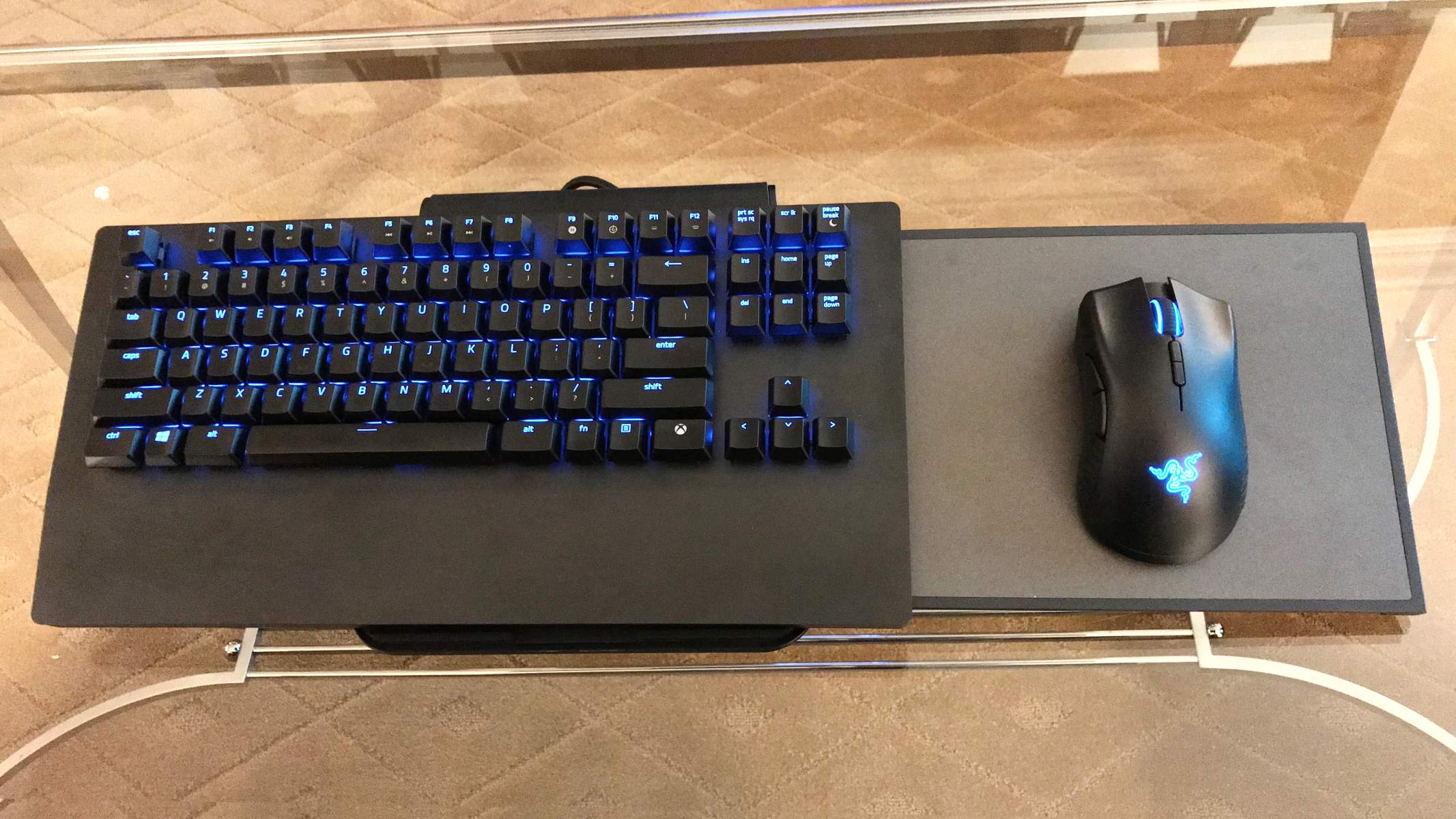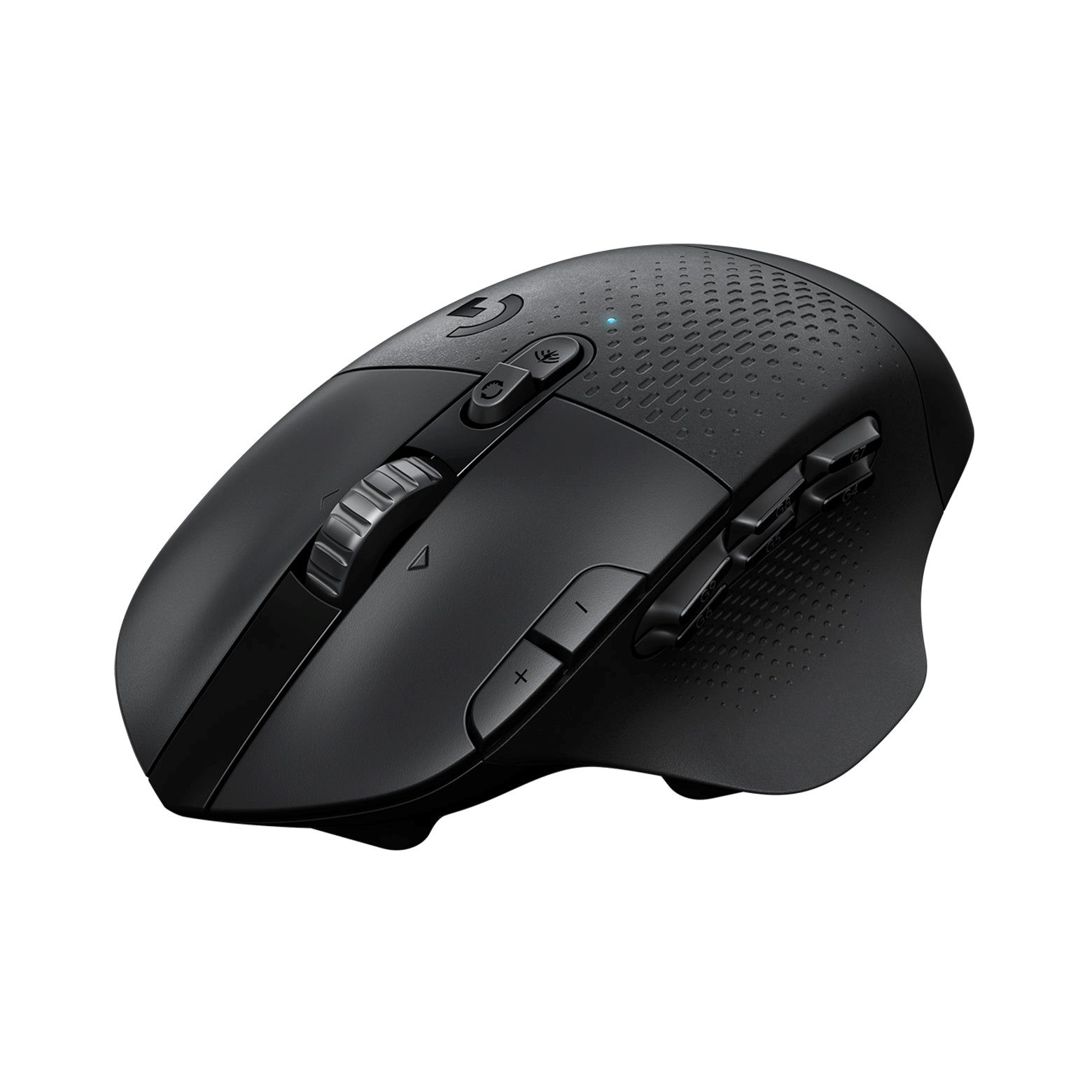Introduction
When it comes to optimizing your gaming or work setup, the humble mouse pad plays a crucial role in ensuring smooth and precise cursor movement. Beyond its utilitarian function, a great mouse pad can also enhance the overall aesthetic of your desk space. Whether you are a professional gamer, a digital artist, or a dedicated office worker, the right mouse pad can make a world of difference in your daily activities.
A great mouse pad is not just a mere accessory; it is a carefully crafted tool designed to elevate your user experience. From the size and shape to the material and surface texture, every aspect of a mouse pad contributes to its performance and comfort. Additionally, features such as thickness, durability, non-slip base, and stitched edges all play a role in determining the quality and functionality of a mouse pad.
In this comprehensive guide, we will delve into the key factors that make a great mouse pad. By understanding the importance of these elements, you can make an informed decision when selecting the perfect mouse pad for your specific needs. Whether you prioritize precision and speed, durability, or aesthetic appeal, this guide will provide valuable insights to help you choose the ideal mouse pad that aligns with your preferences and requirements. So, let's embark on this exploration of what makes a great mouse pad and discover the essential features that set exceptional mouse pads apart from the rest.
Size and Shape
The size and shape of a mouse pad are pivotal factors that directly impact user experience. A great mouse pad should offer ample space for unrestricted mouse movement while fitting seamlessly within your workspace. For gaming enthusiasts and professionals who rely on precise cursor control, a larger mouse pad provides the freedom to execute swift, sweeping movements without the risk of running out of space. On the other hand, a compact mouse pad may be more suitable for users with limited desk real estate or those who prioritize portability.
Furthermore, the shape of the mouse pad plays a crucial role in accommodating different grip styles and preferences. While traditional rectangular pads are versatile and widely favored, some users may prefer ergonomic or contoured shapes that align with the natural movement of their hand. Specialized shapes, such as extended or XXL pads, cater to users who require expansive coverage for both their mouse and keyboard, creating a unified surface for seamless navigation and typing.
Ultimately, the ideal size and shape of a mouse pad are contingent on individual needs and usage scenarios. Whether you seek a compact, travel-friendly pad or a spacious, desk-spanning surface, the size and shape of a mouse pad should complement your specific requirements, allowing for unhindered cursor control and ergonomic comfort.
Material
The material of a mouse pad plays a crucial role in determining its durability, tracking precision, and overall feel. Cloth mouse pads, crafted from a blend of fabric and rubber, are highly popular due to their smooth texture and consistent tracking. These pads offer a balance of control and speed, making them versatile for various applications, including gaming, graphic design, and everyday computing tasks. Additionally, the soft and comfortable surface of cloth mouse pads ensures extended usability without causing discomfort or fatigue during prolonged use.
Alternatively, hard-surface mouse pads, often constructed from materials like plastic, aluminum, or composite compounds, provide a slick and low-friction surface that facilitates rapid mouse movements. These pads are favored by gamers seeking swift responsiveness and minimal resistance for quick, precise actions. The hard surface also enables easy maintenance and cleaning, making it ideal for users who prioritize hassle-free upkeep.
Silicone and hybrid mouse pads offer a unique blend of characteristics, combining the smoothness of cloth with the durability and low-friction properties of hard surfaces. These innovative materials provide an optimal balance between speed and control, catering to users with diverse preferences and usage requirements.
Ultimately, the choice of material for a mouse pad hinges on individual preferences, usage scenarios, and desired tactile sensations. Whether you prioritize smooth gliding, precise tracking, or a blend of both, the material of a mouse pad significantly influences your overall comfort and performance during daily use.
Surface Texture
The surface texture of a mouse pad is a defining characteristic that directly impacts cursor control, tactile feedback, and user comfort. Smooth-textured mouse pads offer minimal resistance, allowing the mouse to glide effortlessly across the surface. This feature is favored by users who prioritize swift and fluid mouse movements, particularly in fast-paced gaming environments where precision and speed are paramount. Additionally, the smooth texture facilitates precise tracking and cursor control, making it an ideal choice for tasks that demand accuracy and agility.
On the other hand, textured or rough-surfaced mouse pads provide enhanced friction, offering more resistance to mouse movements. This characteristic is beneficial for users who seek greater control and stability, as the textured surface helps anchor the mouse in place, preventing unintended slips or overshooting. Such pads are well-suited for tasks that require meticulous cursor manipulation, such as graphic design, photo editing, and precision-based applications.
Moreover, hybrid-textured mouse pads combine elements of both smooth and textured surfaces, offering a balanced blend of speed and control. These versatile pads cater to a wide spectrum of users, accommodating diverse preferences and usage scenarios. The hybrid texture provides a middle ground, ensuring that users can experience the benefits of both smooth and textured surfaces without compromising on performance or comfort.
Ultimately, the surface texture of a mouse pad is a critical consideration that directly influences user experience, cursor behavior, and overall comfort. By selecting a texture that aligns with your specific preferences and usage requirements, you can optimize your mouse pad for seamless, responsive, and enjoyable interaction with your computer.
Thickness
The thickness of a mouse pad is a significant factor that contributes to comfort, durability, and overall user experience. Thinner mouse pads, often constructed with a slim profile, offer a sleek and low-profile aesthetic while providing a stable and consistent surface for mouse tracking. These pads are well-suited for users who prefer a minimalist and unobtrusive setup, as well as those who prioritize portability and easy storage. Additionally, thin mouse pads ensure a seamless transition between the pad and the desk surface, facilitating uninterrupted cursor movement and maintaining a streamlined appearance.
Conversely, thicker mouse pads provide enhanced cushioning and support, offering a more substantial feel and greater comfort during extended use. The added thickness contributes to a plush and resilient surface, reducing strain on the wrist and promoting a more ergonomic posture while using the mouse. For users who spend prolonged hours at the computer, a thicker mouse pad can alleviate discomfort and fatigue, enhancing overall productivity and well-being.
Furthermore, the thickness of a mouse pad also influences its resilience and longevity. Thicker pads, often featuring reinforced layers or enhanced padding, are more resistant to wear and tear, ensuring prolonged durability and reliable performance over time. This durability is particularly advantageous for users who engage in rigorous or frequent mouse movements, such as gaming or professional design work.
Ultimately, the choice of thickness for a mouse pad is contingent on individual preferences, ergonomic considerations, and usage scenarios. Whether you prioritize a slim and unobtrusive profile or seek enhanced comfort and durability, selecting the appropriate thickness ensures that your mouse pad aligns with your specific needs and enhances your overall computing experience.
Durability
The durability of a mouse pad is a critical aspect that directly influences its longevity, performance, and user satisfaction. A great mouse pad should exhibit robust construction and resilience to withstand the rigors of daily use, ensuring consistent reliability and functionality over an extended period. High-quality materials, reinforced stitching, and durable surface coatings are key elements that contribute to the overall durability of a mouse pad.
Cloth mouse pads, renowned for their comfort and tracking precision, often undergo specialized treatments to enhance their durability. Water-resistant and stain-resistant coatings safeguard the fabric from spills, stains, and general wear, prolonging the pad’s lifespan and preserving its pristine appearance. Additionally, reinforced edges and double-stitched borders prevent fraying and ensure that the pad maintains its structural integrity, even with continuous use and frequent repositioning.
Hard-surface mouse pads, typically crafted from robust materials such as aluminum or composite compounds, offer inherent durability and resistance to damage. These pads are engineered to withstand heavy usage, providing a reliable and consistent surface for precise cursor control and swift mouse movements. The durable construction of hard-surface pads ensures that they remain resilient against scratches, dents, and other forms of wear, maintaining their performance and visual appeal over time.
Furthermore, silicone and hybrid mouse pads combine durability with versatility, offering a resilient yet comfortable surface for varied usage scenarios. The innovative materials used in these pads are engineered to withstand prolonged use while delivering a balance of speed, control, and comfort. This durability ensures that users can rely on their mouse pads for consistent performance, whether engaging in intense gaming sessions or executing intricate design tasks.
Ultimately, the durability of a mouse pad is a pivotal consideration that directly impacts its value and user satisfaction. By selecting a durable mouse pad constructed from high-quality materials and featuring robust construction, users can enjoy prolonged usability, reliable performance, and peace of mind, knowing that their mouse pad can withstand the demands of their computing activities.
Non-Slip Base
The presence of a non-slip base is a fundamental attribute that distinguishes a great mouse pad, offering stability, security, and uninterrupted usability. A reliable non-slip base ensures that the mouse pad remains firmly anchored to the desk surface, preventing unwanted movement or slippage during intense mouse usage. This feature is particularly crucial for gamers, digital artists, and office workers who rely on precise cursor control and seamless navigation.
Cloth mouse pads, equipped with a non-slip rubber or silicone base, provide exceptional grip and traction, effectively securing the pad in place and preventing shifting or displacement. This stability is essential for maintaining consistent cursor behavior and ensuring that the mouse pad remains stationary, even during rapid and dynamic movements. Additionally, the non-slip base minimizes the likelihood of the pad bunching up or sliding on the desk, offering a reliable and uninterrupted user experience.
Hard-surface mouse pads, designed with specialized gripping materials or rubberized undersides, offer a secure and stable foundation for precise mouse control. The non-slip base ensures that the pad maintains its position, regardless of the intensity or speed of mouse movements, allowing users to focus on their tasks without disruptions or readjustments. This attribute is particularly advantageous for gamers and professionals who demand consistent performance and reliability from their mouse pads.
Furthermore, silicone and hybrid mouse pads incorporate advanced non-slip technologies, providing a secure and stable platform for diverse usage scenarios. These pads offer a balance of grip and flexibility, ensuring that they remain firmly in place while accommodating dynamic mouse movements and adjustments. The non-slip base of silicone and hybrid pads contributes to a seamless and uninterrupted user experience, enhancing comfort and precision during prolonged computing sessions.
In essence, the presence of a non-slip base is a pivotal feature that enhances the functionality and usability of a mouse pad. By ensuring stability, security, and consistent positioning, a reliable non-slip base contributes to a seamless and uninterrupted user experience, allowing users to focus on their tasks without the distraction of pad movement or slippage.
Stitched Edges
Stitched edges are a hallmark of quality and durability in a mouse pad, offering reinforcement and protection against fraying or deterioration. These meticulously crafted edges play a pivotal role in enhancing the longevity, structural integrity, and aesthetic appeal of the pad, ensuring that it maintains its pristine condition and reliable performance over time.
Cloth mouse pads featuring stitched edges exhibit exceptional resilience and resistance to wear, preventing the fabric from unraveling or becoming damaged due to continuous use. The reinforced stitching not only safeguards the edges from fraying but also adds a touch of refinement to the pad’s appearance, creating a polished and professional look. This meticulous attention to detail contributes to the overall durability and visual appeal of the mouse pad, making it a reliable and enduring accessory for diverse computing activities.
For hard-surface mouse pads, stitched edges offer a similar level of protection and longevity, ensuring that the pad maintains its sleek and uniform appearance. The reinforced edges prevent chipping, peeling, or degradation, preserving the pad’s structural integrity and visual allure. This feature is particularly advantageous for users who prioritize a clean and well-maintained workspace, as the stitched edges contribute to a tidy and professional aesthetic.
Additionally, silicone and hybrid mouse pads benefit from the inclusion of stitched edges, providing a seamless and durable border that enhances the pad’s overall quality and resilience. The meticulous construction of these edges ensures that the pad remains intact and resistant to wear, even with prolonged and intensive use. This durability, combined with the refined appearance, elevates the user experience and visual appeal of the mouse pad, making it a reliable and enduring companion for various computing tasks.
In essence, the presence of stitched edges signifies a commitment to quality, durability, and attention to detail in a mouse pad. By incorporating this feature, manufacturers enhance the longevity, resilience, and aesthetic appeal of the pad, ensuring that users can enjoy a reliable and enduring accessory for their computing endeavors.
Design and Aesthetics
While the functional aspects of a mouse pad are crucial, the design and aesthetics also play a significant role in enhancing the overall user experience and complementing the visual appeal of the workspace. Aesthetically pleasing mouse pads not only contribute to a well-coordinated and stylish desk setup but also reflect the user’s personality and preferences.
Design variations such as vibrant patterns, captivating artwork, or sleek minimalist motifs offer users the opportunity to personalize their workspace and express their individuality. Whether it’s a striking graphic design, a captivating illustration, or a subtle and sophisticated color scheme, the visual appeal of a mouse pad can elevate the ambiance of the entire workspace, creating an environment that inspires creativity and productivity.
Furthermore, the size and shape of a mouse pad contribute to its visual impact. Extended or XXL mouse pads, which provide ample space for both the mouse and keyboard, can create a cohesive and unified surface that enhances the overall aesthetic of the desk. Additionally, ergonomic or contoured shapes not only cater to diverse grip styles but also add a touch of sophistication to the workspace, blending form and function seamlessly.
Moreover, the inclusion of illuminated or LED-enhanced mouse pads introduces an element of dynamic lighting to the workspace, creating an immersive and visually captivating environment. These pads not only serve as functional accessories but also double as decorative elements that infuse the workspace with an engaging and modern aesthetic.
Ultimately, the design and aesthetics of a mouse pad contribute to the overall ambiance and visual appeal of the workspace, enhancing the user’s comfort, inspiration, and sense of personalization. By selecting a mouse pad that aligns with their aesthetic preferences and complements their workspace, users can create a visually engaging and inspiring environment that enhances their overall computing experience.
Price and Value
When considering the purchase of a mouse pad, the relationship between price and value is a crucial factor that influences the overall satisfaction and utility of the product. While the price of a mouse pad varies across different brands, models, and features, it is essential for users to assess the value offered by the pad in relation to its price point.
Mouse pads are available in a wide range of price categories, catering to diverse budgets and preferences. Entry-level mouse pads offer basic functionality and essential features at an affordable price, making them accessible to a broad audience. These budget-friendly options provide a practical and economical solution for users who prioritize essential performance and reliability without additional frills or embellishments.
Mid-range mouse pads strike a balance between price and features, offering enhanced durability, comfort, and design aesthetics at a competitive price point. These pads often incorporate advanced materials, reinforced construction, and visual enhancements, providing users with an optimal blend of functionality and value. The mid-range segment appeals to users seeking a balance of quality, performance, and affordability.
High-end mouse pads, positioned at a premium price level, deliver exceptional performance, advanced features, and meticulous craftsmanship. These pads often boast specialized materials, innovative technologies, and intricate designs, catering to discerning users who demand superior quality, durability, and visual appeal. While the price may be higher, the value derived from the premium features and exceptional performance justifies the investment for users who prioritize top-tier functionality and aesthetics.
Ultimately, the value of a mouse pad transcends its price, encompassing the overall user experience, durability, performance, and satisfaction derived from its usage. By evaluating the features, materials, and design elements in relation to the price, users can make an informed decision that aligns with their budget and requirements, ensuring that they obtain a mouse pad that offers optimal value and enhances their computing activities.







